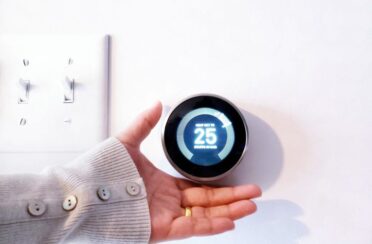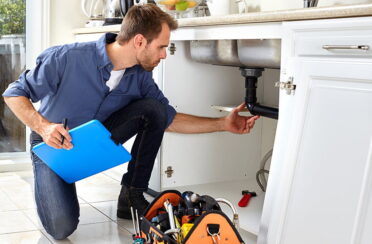Anything that burns fossil fuels — from cars, gas heaters and stoves, water heaters to propane heaters and lamps — can produce carbon monoxide when the fuel isn’t burned efficiently.
Because it is odorless, tasteless and invisible, carbon monoxide (CO) is even more dangerous because victims have little warning of its presence. Given the insidious nature of the gas, CO detectors are equally as important as smoke detectors.
When it comes to protecting your home from carbon monoxide, your first line of defense is prevention. The most proactive form of prevention is through an annual service and safety inspection of your heating equipment. While checking your equipment for other problems, a certified professional can check for cracks or loose areas in ductwork near your heating equipment that could be allowing too much CO to escape.
Your next line of defense is detection. CO detectors range in feature and price, with many manufacturers offering combination smoke/carbon monoxide detectors in one unit. Let’s look at some important guidelines when considering how to mount CO detectors strategically:
- The International Association of Fire Chiefs recommend placing at least one CO detector on each floor or level of your home.
- If using only one CO detector, place it close to your bedroom, so you can be awakened by the alarm.
- Even efficient appliances emit small amounts of carbon monoxide, so place your CO detector no closer than 15 feet from the source to prevent false alarms (steamy bathrooms can also produce false alarms).
- Follow your manufacturer’s recommended installation and placement procedures carefully for the most effective placement of your CO units.
Our goal is to help educate our customers about energy and home comfort issues (specific to HVAC systems). For more information about CO Detectors and other HVAC topics, click here to download our free Home Comfort Resource guide.
Arpi’s services Calgary, Alberta. To get started, check out our website or see our special offers.


